Investing in green transportation to reduce emissions and move towards sustainable development is urgent. Photo: ANH KHOA
Requires large investment resources
Vietnam has set an ambitious target of reducing net emissions to zero by 2050. To realize this goal, on October 1, 2024, the Prime Minister issued Decision No. 1658/QD-TTg approving the National Green Growth Strategy for the 2021-2030 period, with a vision to 2050. The National Action Plan on Green Growth for the 2021-2030 period has also been issued to ensure that the Strategy is implemented on schedule. Accordingly, green growth with a close, reasonable and harmonious combination of socio-economic development and environmental protection is an important premise for realizing the green growth goal.
To achieve the green growth target, Vietnam needs huge financial resources. The United Nations Development Program (UNDP) estimates that to reduce net emissions to zero by 2050, Vietnam needs about 330-370 billion USD. According to estimates by professional agencies, Vietnam needs about 68.75 billion USD in financial needs for the environmental sector by 2030 to implement environmental commitments (of which, national resources meet about 24.7 billion USD, the rest is mobilized from international support). According to estimates by WB experts, the total financial needs needed to achieve the "Zero carbon" target could reach 368 billion USD in the period 2022-2040, or about 6.8% of GDP each year. The cost of achieving the “Zero carbon” target mainly arises from the energy sector, investment in energy and management of the green production transition process… Vietnam’s financial needs require external support, which can come from institutional investors, multilateral and bilateral funding sources, along with exploiting foreign direct investment and remittances.
In recent times, although green growth has not really become a driving force for national economic growth, green growth has laid the foundation and achieved many important results. Experts believe that if Vietnam's National Strategy on Green Growth achieves its set goals, it will achieve sustainable economic development through reducing greenhouse gas emissions, increasing the use of renewable energy and protecting natural resources. Ministries, sectors and localities have been making efforts to mobilize green financial resources, build a portfolio of green projects to call for and mobilize investment. At the same time, Vietnam is also making efforts to reform institutions, build preferential policies to mobilize resources from economic sectors, creating breakthroughs for green growth.
Promoting green finance
In the context of the uncertain global economy, economies are forced to strengthen solutions to achieve sustainable development goals and improve resilience to risks and challenges. Economic experts say that mobilizing green finance is becoming more urgent to redirect investment priorities to green infrastructure and green energy. Bank credit is a very important resource for green growth goals. In the 2017-2023 period, the green credit growth rate reached about 22% per year, and in 2023 alone, this rate increased by 24%. Currently, there are about 50 credit institutions participating in green credit issuance.
According to data released by the State Bank of Vietnam (SBV), as of December 31, 2024, the green credit balance of the banking system nationwide reached VND 679,000 billion, an increase of 9.37% compared to the end of 2023, accounting for over 4.3% of the total outstanding balance of the entire economy. Green credit of credit institutions is currently mainly focused on renewable energy, clean energy (accounting for more than 41%) and green agriculture (accounting for nearly 30% of total green credit balance)... SBV has also directed credit institutions to continue expanding green credit towards building green banks, supporting green growth.
In fact, there are still some difficulties related to promoting green credit, green banking, and investment in low-carbon production and consumption industries, which are pointed out as follows: Ministries and sectors have not issued a set of criteria for green portfolios within their sectors, so the banking system does not have a basis to fully assess data on the scale of green credit activities for the economy. Investment in green sectors/fields, low-carbon production and consumption industries requires a long payback period and high investment costs, while the lending capital of credit institutions is often short-term mobilized capital, credit institutions have difficulty in balancing capital and meeting the requirements on ensuring safety, ensuring the ratio of short-term capital for medium and long-term loans according to regulations. The capital demand for the National Green Growth Strategy for the 2021-2030 period is huge, while capital sources to support businesses and investors from the financial market and the carbon credit market are not yet developed or implemented, which will put long-term capital pressure on the banking system... Therefore, Vietnam needs to shift its strategy to a more focused direction to achieve green growth goals.
WB senior energy expert Chiara Rogate said that Vietnam's greenhouse gas emission reduction process needs to be considered more comprehensively and can prioritize the transport sector. Because the energy sector is the main emission-causing sector in Vietnam, in which transport plays an important role, accounting for 10.7% of energy sector emissions and 7.2% of the total economy's emissions (in 2021). By 2050, these emissions could increase 10 times, so solutions to reduce emissions in the transport sector are needed through investment in this sector. To reduce emissions in the transport sector, Vietnam can switch to electric vehicles to achieve economic benefits, improve energy security, protect the environment, create more jobs and increase resilience to external shocks.
However, experts say that this transition is very complicated, requiring the Government's support policies to create an environment that maximizes the potential of the private sector in the industries and fields related to this transition. The most important thing is to properly resolve financial issues for green infrastructure investment, while raising public awareness to promote the development of green industries, including transportation.
GIA BAO
Source: https://baocantho.com.vn/khoi-thong-nguon-luc-cho-tang-truong-xanh-a184920.html


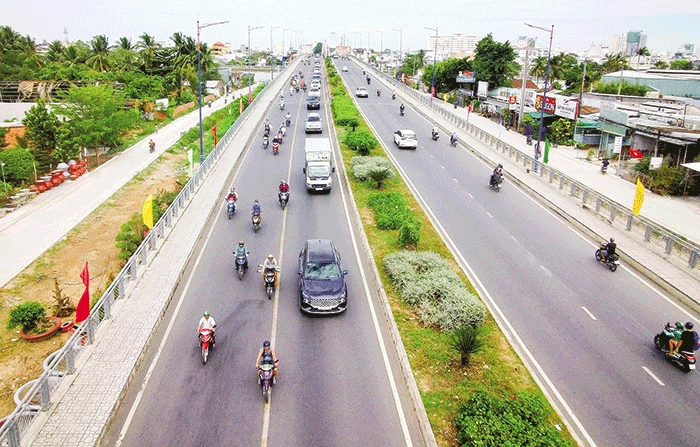




![[Photo] Third meeting of the Organizing Subcommittee serving the 14th National Party Congress](https://vstatic.vietnam.vn/vietnam/resource/IMAGE/2025/4/2/3f342a185e714df58aad8c0fc08e4af2)
![[Photo] General Secretary To Lam receives Russian Ambassador to Vietnam](https://vstatic.vietnam.vn/vietnam/resource/IMAGE/2025/4/2/b486192404d54058b15165174ea36c4e)


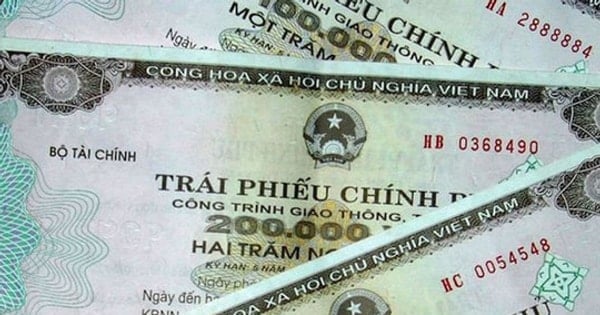
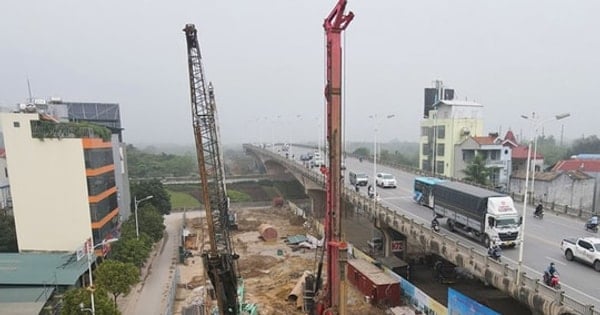

![[Infographic] How does the State Bank of Region 12, including the Southeast provinces, operate?](https://vstatic.vietnam.vn/vietnam/resource/IMAGE/2025/4/2/91d2fdb1645c450a90c10104437b775b)








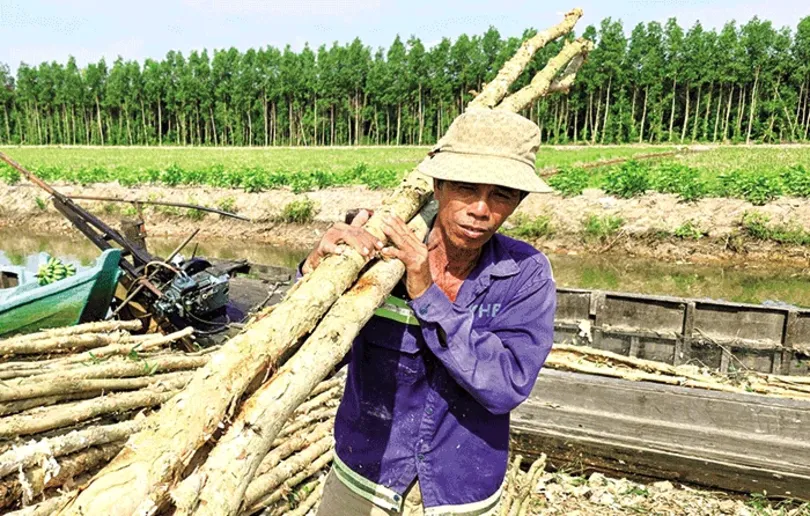
![[Photo] Relatives of victims of the earthquake in Myanmar were moved and grateful to the rescue team of the Vietnamese Ministry of National Defense.](https://vstatic.vietnam.vn/vietnam/resource/IMAGE/2025/4/2/aa6a37e9b59543dfb0ddc7f44162a7a7)













































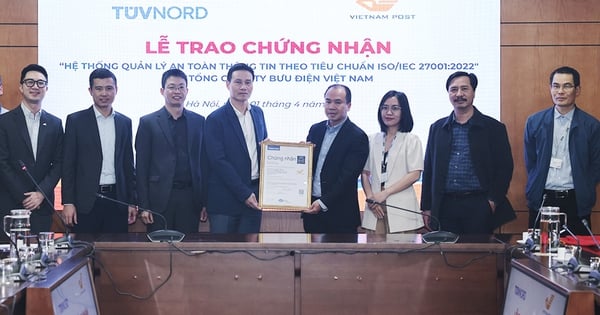







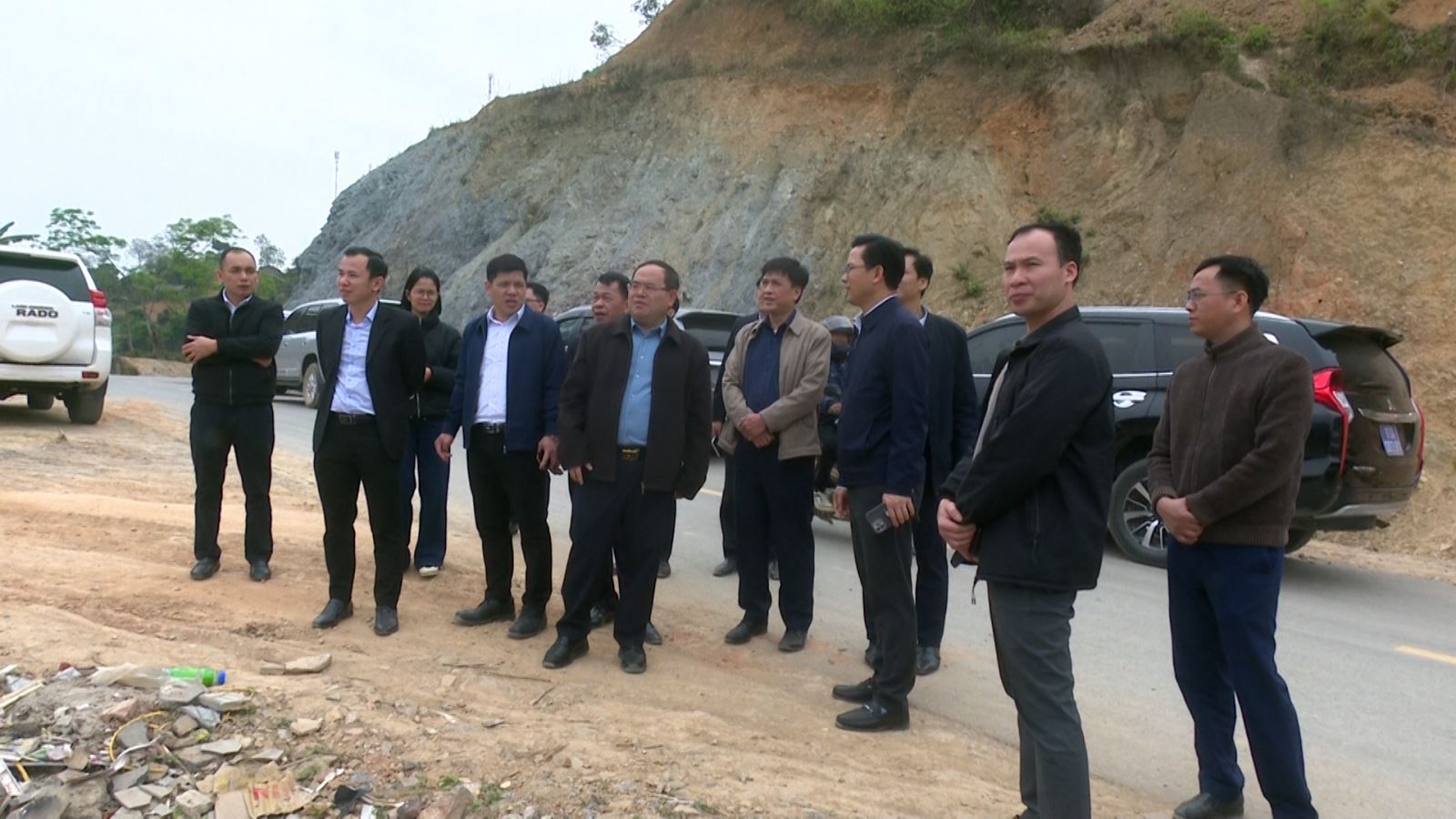
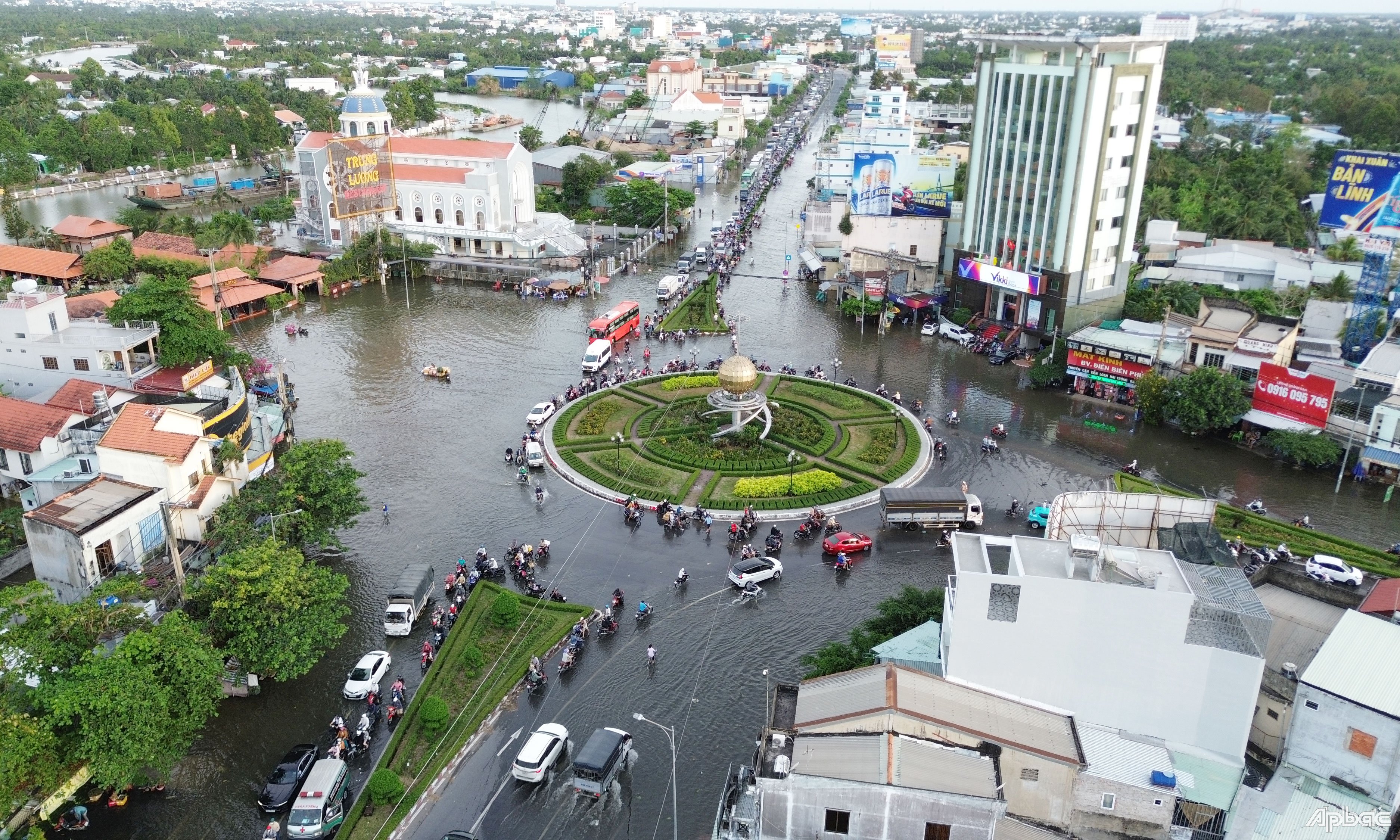













Comment (0)